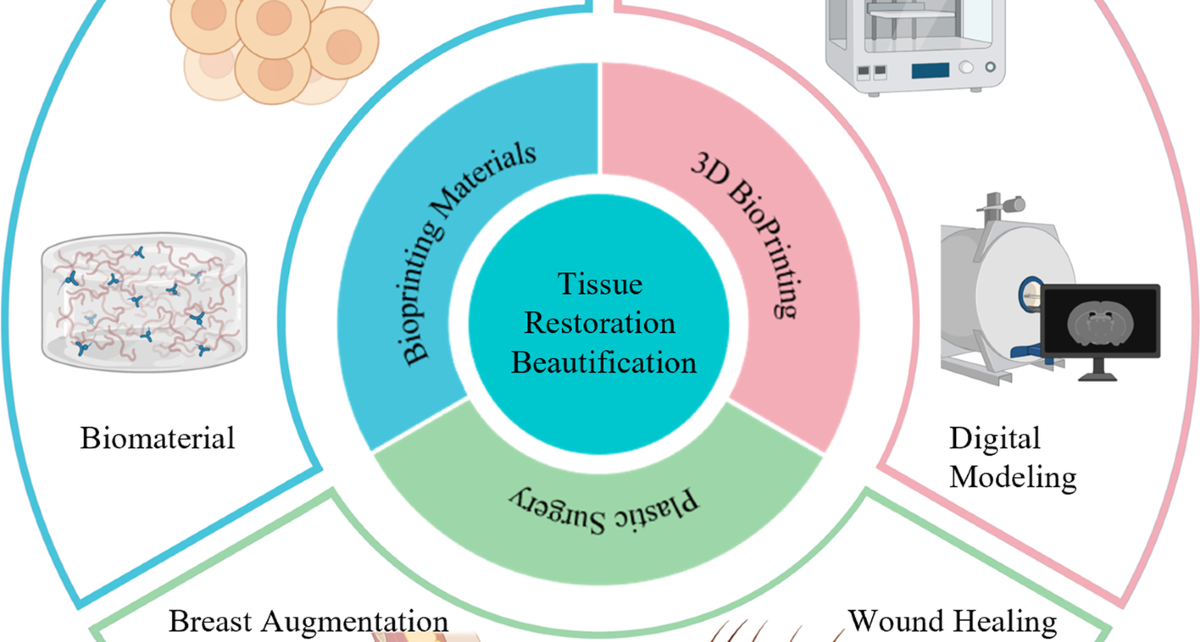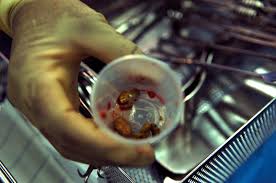Reconstructive surgery has come a long way from the days of rudimentary grafts and synthetic implants. Today, biomaterials—substances engineered to interact with biological systems—are revolutionizing how surgeons repair, replace, or regenerate damaged tissues. And honestly? The field is moving faster than ever.
What Are Biomaterials, Anyway?
Think of biomaterials as the “building blocks” of modern reconstructive surgery. They can be natural, synthetic, or a hybrid of both—designed to mimic the body’s own tissues. Well, not just mimic. Some even stimulate regeneration, acting like a scaffold for new cells to grow on.
Key Types of Emerging Biomaterials
1. Decellularized Extracellular Matrices (dECMs)
Imagine taking a donor organ, stripping away all its cells, and leaving behind just the “framework.” That’s dECM. Surgeons use it for everything from skin grafts to heart valve replacements. The body recognizes it as familiar territory, reducing rejection risks.
2. Smart Hydrogels
These aren’t your average gels. Smart hydrogels respond to temperature, pH, or even mechanical stress. For burns or chronic wounds? They’re a game-changer—releasing drugs on demand or swelling to fill irregular defects.
3. 3D-Printed Biopolymers
Custom-fit jawbones, ear cartilage, even tracheas. 3D printing lets surgeons create patient-specific implants with materials like PCL (polycaprolactone) or PLA (polylactic acid). The precision? Unmatched.
Where These Biomaterials Shine
Here’s the deal: biomaterials aren’t just lab curiosities. They’re solving real problems in reconstructive surgery right now.
- Burn Recovery: Hydrogels infused with growth factors accelerate healing while minimizing scarring.
- Breast Reconstruction: Biodegradable scaffolds support fat grafting, creating more natural-looking results.
- Craniofacial Repair: 3D-printed implants restore symmetry and function after trauma or cancer surgery.
Challenges? Sure, There Are a Few
No innovation is perfect. Some biomaterials degrade too quickly—or not quickly enough. Others might trigger subtle immune responses. And cost? Well, advanced options like patient-specific 3D implants aren’t exactly cheap. Yet.
The Future: What’s Next?
Researchers are tinkering with “living” biomaterials—think scaffolds seeded with a patient’s own stem cells. There’s also buzz around conductive polymers for nerve regeneration. The line between “implant” and “natural tissue” keeps blurring.
One thing’s clear: biomaterials are reshaping reconstructive surgery, quite literally. And as they evolve, so will the possibilities for patients.




